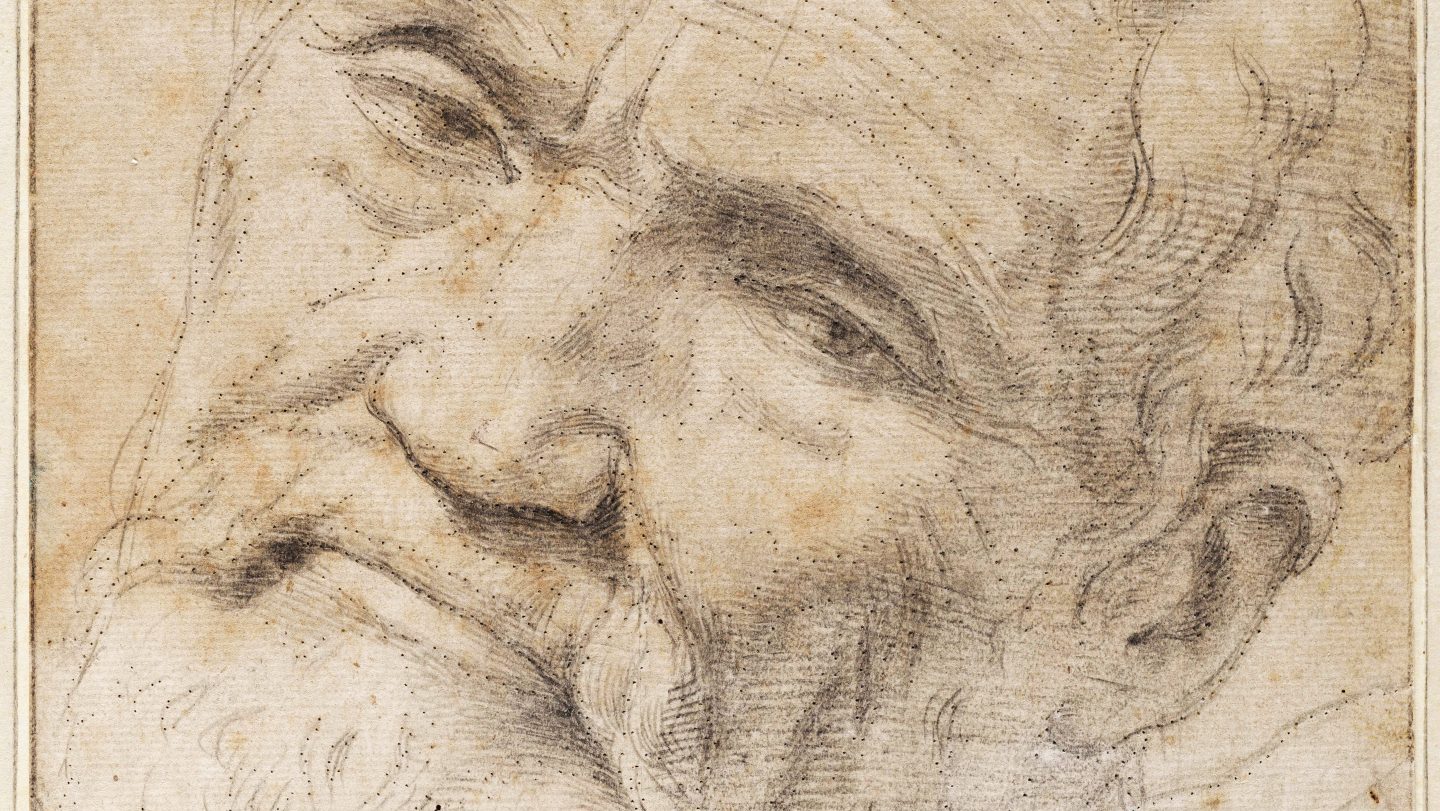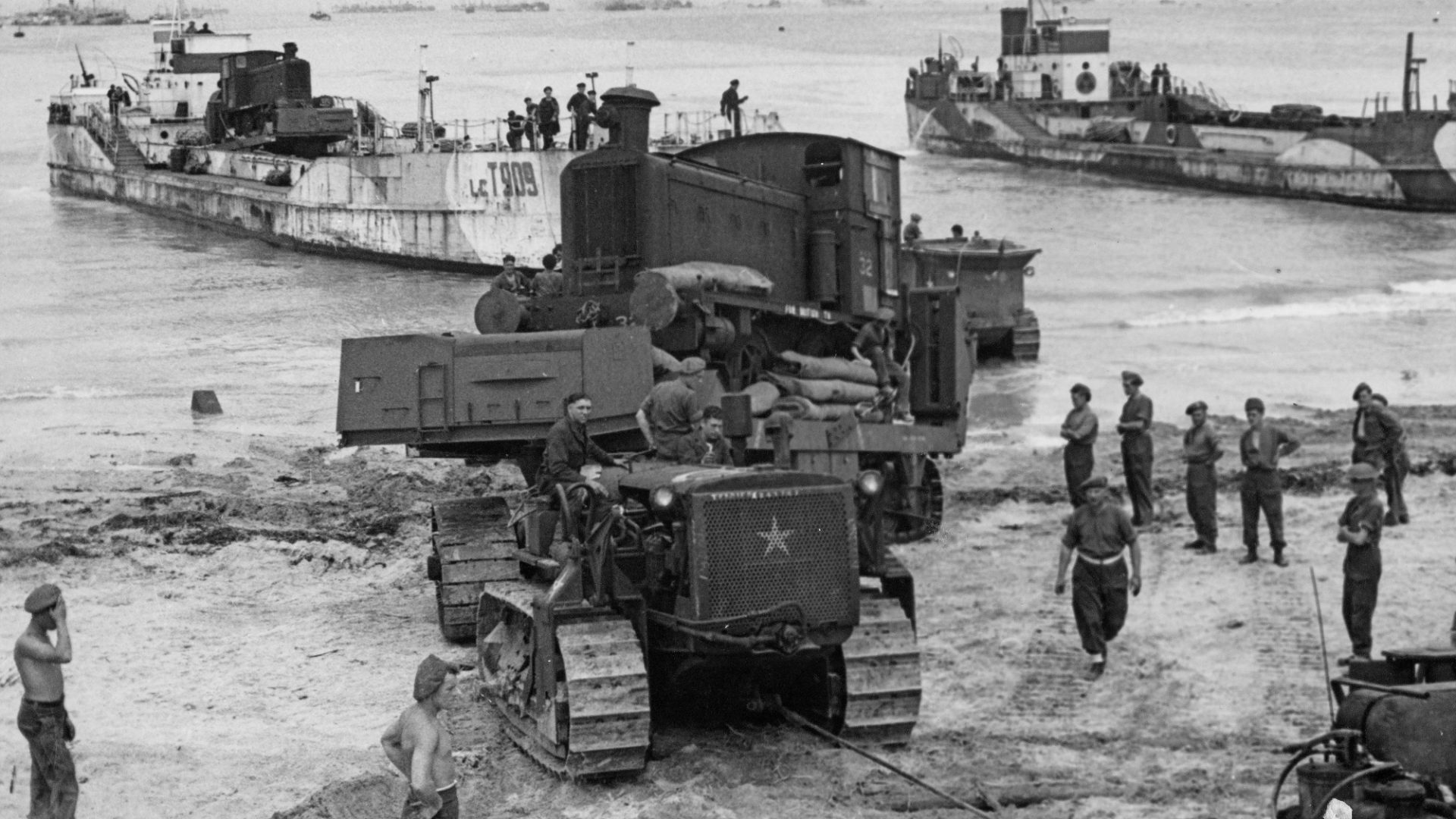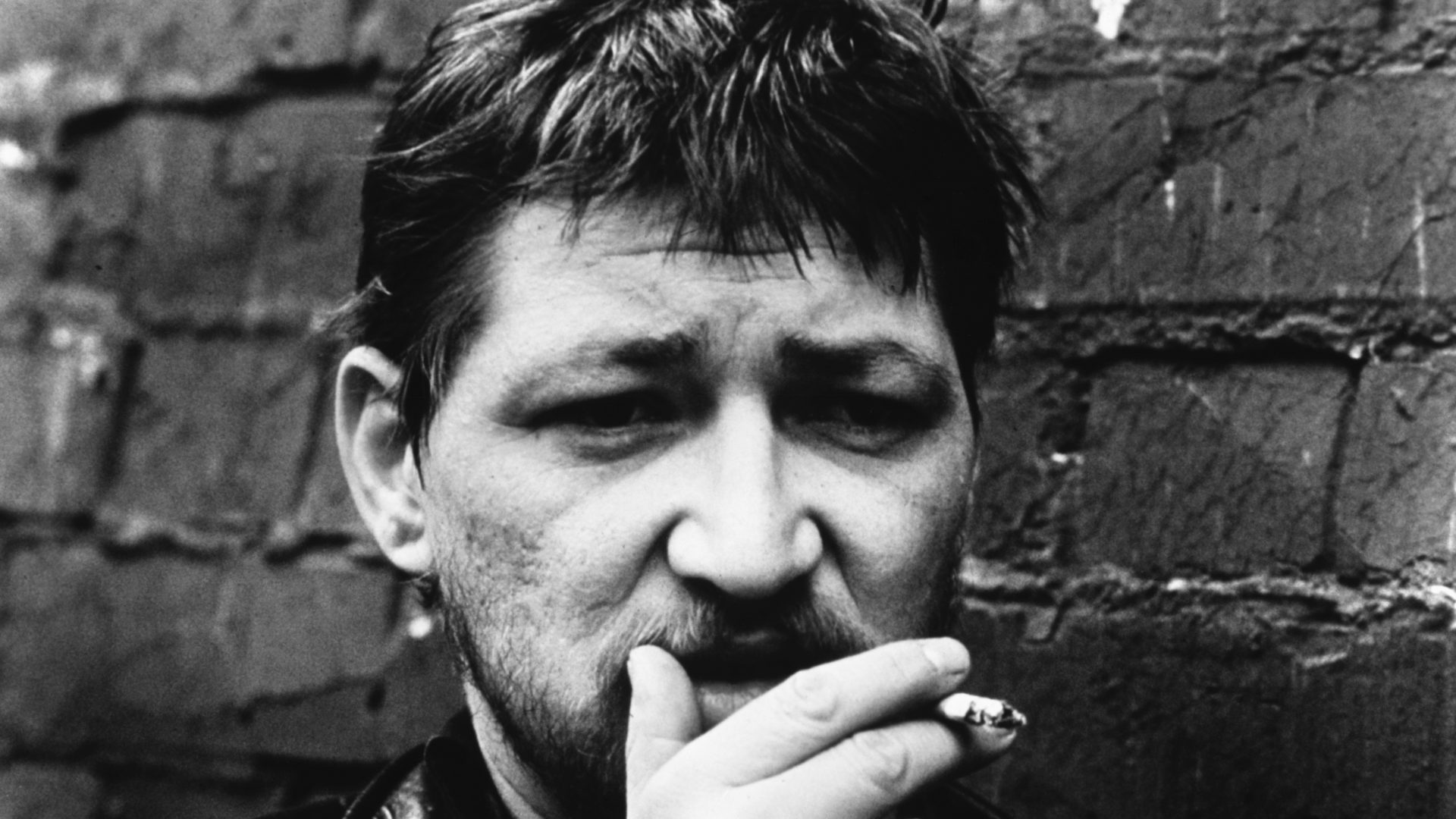“Leonardo (Buonarroti)… removed the body cautiously from Rome and sent it off to Florence in a bale, as if it had been a piece of merchandise.”
Giorgio Vasari
Lives of the Artists, 1568
Wrapped up in hay and carted by a pack animal, a disguised coffin holding the three-week-old corpse of Michelangelo di Lodovico Buonarroti Simoni was smuggled out of the city where he had lived for 30 years.
Already given a lavish funeral in the church of Santissimi Apostoli, Rome, the body of the revered Florentine sculptor, artist, architect and poet had been removed from its tomb. Now it would be carried around 280km (175 miles) north from the Papal States to the Duchy of Florence.
A lone guard accompanied the package to avoid suspicion from Roman authorities. It was a cunning plan.
After his death on February 18, 1564, at the age of 88, Rome wanted Michelangelo’s body and the inestimable reputation of his legacy. The demand was understandable; the city wanted the prestige of having the greatest artist in Europe resting for ever in the place that held so many of his works of art, sculpture and architecture.
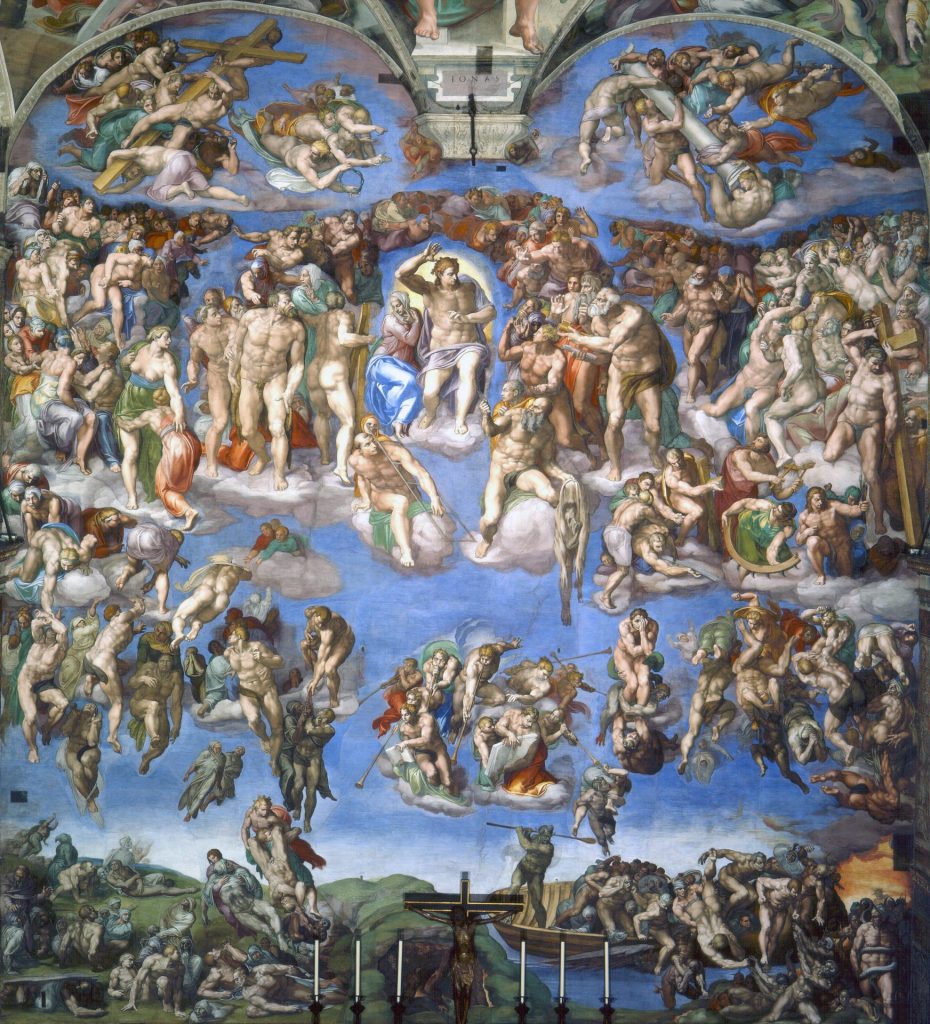
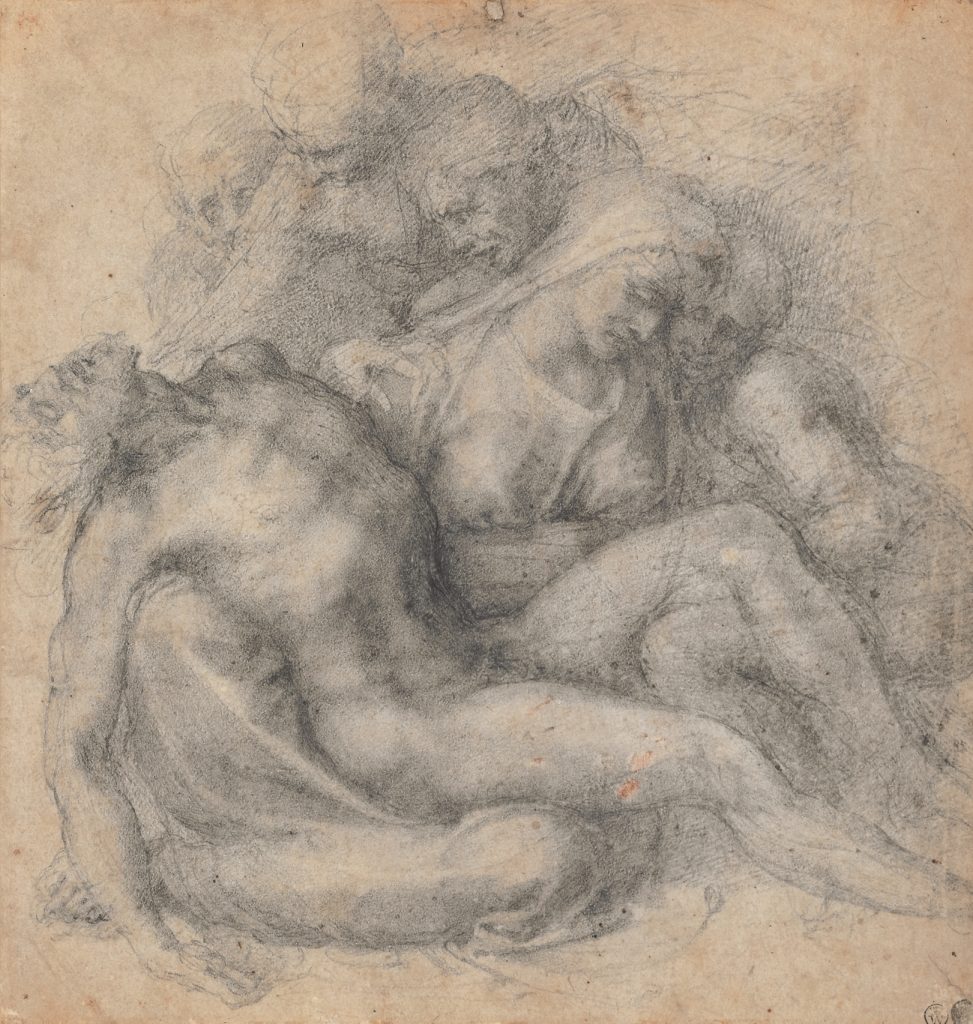
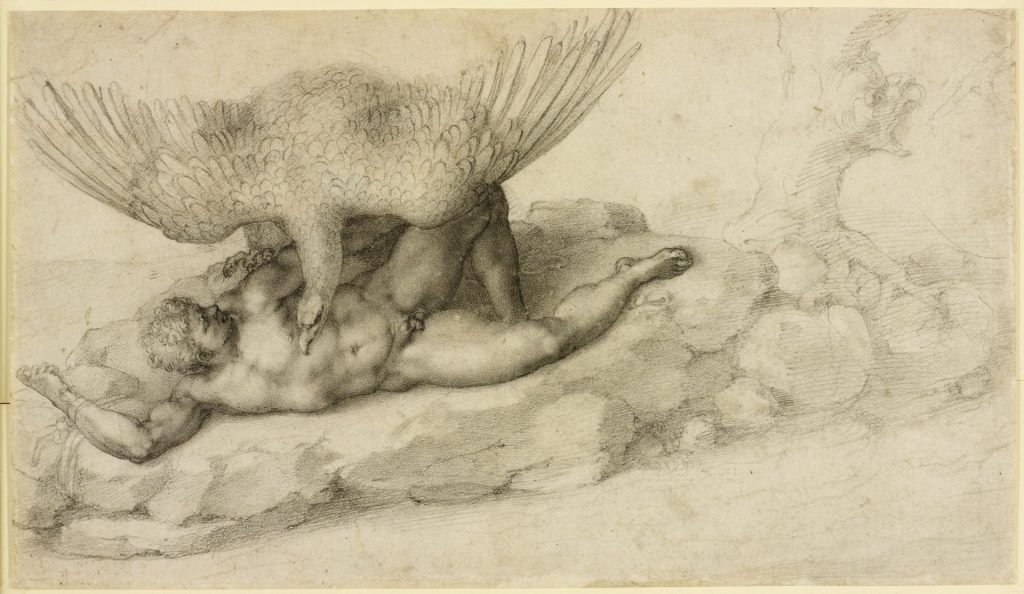
of Tityus, 1532. Photo: Royal Collection Trust
But Florence wanted it more. The “merchandise” duly arrived in Firenze on March 11. Leonardo Buonarroti, nephew and inheritor of Michelangelo’s vast wealth, had succeeded in carrying out his uncle’s wishes to be buried in Florence.
And if Florence was so important to Michelangelo, why did he remain in Rome until his death? Some of the answers can be found in the 30-year late period when so many of his greatest works were realised. It is the focus of an exhibition at the British Museum, Michelangelo: The Last Decades, curated by Sarah Vowles and Grant Lewis.
A committed Florentine Republican, Michelangelo moved permanently to Rome in September 1534. One deciding factor to leave was the return of the Medici, de facto Florentine rulers after their expulsion from the city in 1527-30.
Although practically part of the Medici household since childhood, after their removal Michelangelo had designed city fortifications to keep them out. The returning Alessandro de’ Medici, Duke of Florence, now commissioned him to remove the fortifications and redesign them.
It was an uneasy existence and while working on a project at San Lorenzo church in Florence for Pope Clement VII – his childhood friend, Giulio de’ Medici – he was summoned to Rome to create a monumental fresco, the Last Judgment (1536-41) on the altar wall of the Sistine Chapel that would accompany his earlier work there. This was a key factor in the move, but there was another decisive one.
During visits to Rome in 1532, Michelangelo met an educated, wealthy Roman nobleman named Tommaso dei Cavalieri. Cavalieri was in his late teens or early 20s and though the artist was nearing 60, he developed a powerful crush on the much younger man. As Grant Lewis writes in the exhibition catalogue, Michelangelo “was desperate to quit Florence and see Cavalieri”.
In 1532-33, Cavalieri received drawings from Michelangelo including four highly finished works of Greek myths from Ovid’s Metamorphoses. They were subtly sensual, illustrating Tityus and Ganymede (both 1532), now lost but known through copies. There was also Fall of Phaeton and Bacchanal of the Children (both 1533).
Michelangelo did not write messages on drawings intended as gifts but Cavalieri was the exception. On the Phaeton, he entreated: “If you do not like this sketch… I have time to make another tomorrow evening as I promised you.” Cavalieri showed the drawings to friends and family. They caused a sensation and copies were made.
Sarah Vowles tempers speculation on the physical nature of the Cavalieri-Michelangelo relationship. “We have no evidence to assume that it was anything other than completely platonic.” Michelangelo was a deeply religious, devout Catholic. Perhaps he followed the ancient Greek custom between older and younger men: admire but don’t touch.
In 1534, Michelangelo began what he called “the great task”. The Last Judgment had brought him back to the origins of an earlier success, the painted decoration of the Vatican’s Sistine Chapel ceiling (1508-11). This time the muscularity of his figurative portrayals on the ceiling gave way to an emotional, deeply human interpretation of the fate of human souls in Man’s last judgment before God, as bodies rise up to Heaven or fall to Hell.
There are several hundred figures in the final work, which took two years of preparation – during which time Clement VII died. The entire thing took from 1536-41 to complete. Michelangelo, in his sixth decade, worked with a hand-picked team of painters, pacing himself for the physical exertion that fresco painting required.
Looking at his preparatory life drawings for individual figures, for example Angels (1534-36) and Study of a man rising from the tomb (1536), Michelangelo’s thought processes are visible in the modifications to figures, altering the weight of a body, or a slight movement of a hand or arm, to create strong or emotional gestures.
Even the work in progress must have been spectacular. In 1535 the new pope Paul III (formerly Alessandro Farnese) appointed Michelangelo “supreme architect, sculptor and painter of our Apostolic Palace” – the Vatican.
And the work continued with a redevelopment of the crumbling Capitoline Hill, the symbolic heart of ancient Rome. Michelangelo’s design, the Piazza Campidoglio, brought together the central space and surrounding buildings to create a masterpiece of architectural invention.
He was granted Roman citizenship in a ceremony on the Capitoline in December 1537. Was it to keep him in Rome? The pope wanted Michelangelo to create two large fresco paintings (1542-45) to decorate his private place of worship, the newly refurbished Pauline Chapel, dedicated to St Peter and St Paul. They were the last works that Michelangelo painted.
In 1546, Antonio da Sangallo the Younger, chief architect of the new St Peter’s Basilica, died, and the pope appointed Michelangelo as superintendent of the building site. Decades of work had already been put in, but as an architect, Michelangelo considered da Sangallo’s Latin cross design for the basilica interior too dark, which would encourage in Michelangelo’s words “the hiding of exiles, the coining of base money, the raping of nuns and other rascalities”.
Instead, he returned to a plan by the first architect of the project, Donato Bramante, and his creation of a vast central dome, which would flood the interior with light. The Latin cross was reinstated in the 1650s, but the dome remained as a visual symbol of the Catholic Church in Rome.
Michelangelo’s letters – over 500 still exist – and poetry highlight his personal life in Rome. One particularly special relationship was with Vittoria Colonna, a widowed noblewoman, famed for her published poetry. They exchanged poems, madrigals and letters.
Michelangelo was in awe of her. They were members of the spirituali, a group of devout Catholics who understood Protestant reforms. He created many drawings for her, including a remarkable Pietà (c1535), and a work of exceptional pathos in Christ on the Cross (c1543), one of several crucifixion drawings.
When Colonna died in 1547, Michelangelo was bereft. He continued to create, with some drawings transferred to paintings by pupils. This included the 26-sheet cartoon Epifania (1550-53), one of only two surviving cartoons by Michelangelo’s hand, which his pupil Ascanio Condivi transferred to paint.
By January 1564, he was ill and frail and hardly able to hold a pen. At the start of February, feeling feverish, he burned old sketches, apparently keen to protect his legacy.
Michelangelo died on the evening of February 18 “in good grace with all the sacraments”. His body was moved a few streets to the Santi XII Apostoli church, and Vasari reports that “Michelangelo was buried in a tomb in the church of the Santi Apostoli in the presence of all of Rome, while His Holiness planned to erect a special memorial and a tomb in Saint Peter’s itself.”
But none of this was to be. When the smuggled body arrived in Florence, it was sent to Santa Croce, the Buonarroti parish church, and word soon leaked out. So many people turned up to pay tribute to the returning hero that it proved difficult to even move the body to the sacristy, where it then lay in state before burial.
Later, a prestigious memorial service was held in San Lorenzo, the Medici parish church, filled with its architectural projects by the greatest artist in Europe. It was a fitting return home.
Michelangelo: The Last Decades is at the British Museum until July 28, 2024. Rosalind Ormiston is the author of Michelangelo: His Life and Works in 500 Images (Lorenz Books/Anness Publishing)

